8 best Yoga Poses to Regulate Hormonal Imbalance
In today’s fast-paced world, hormonal imbalance has become increasingly common, affecting millions of people worldwide. The good news is that yoga offers a powerful tool for achieving hormonal harmony. Scientific research has shown that regular yoga practice can significantly impact our endocrine system and help restore balance to our hormone levels.
Find below our full guide about hormones and what Yoga poses is suitable for a better health
The Science Behind Yoga and Hormonal Health
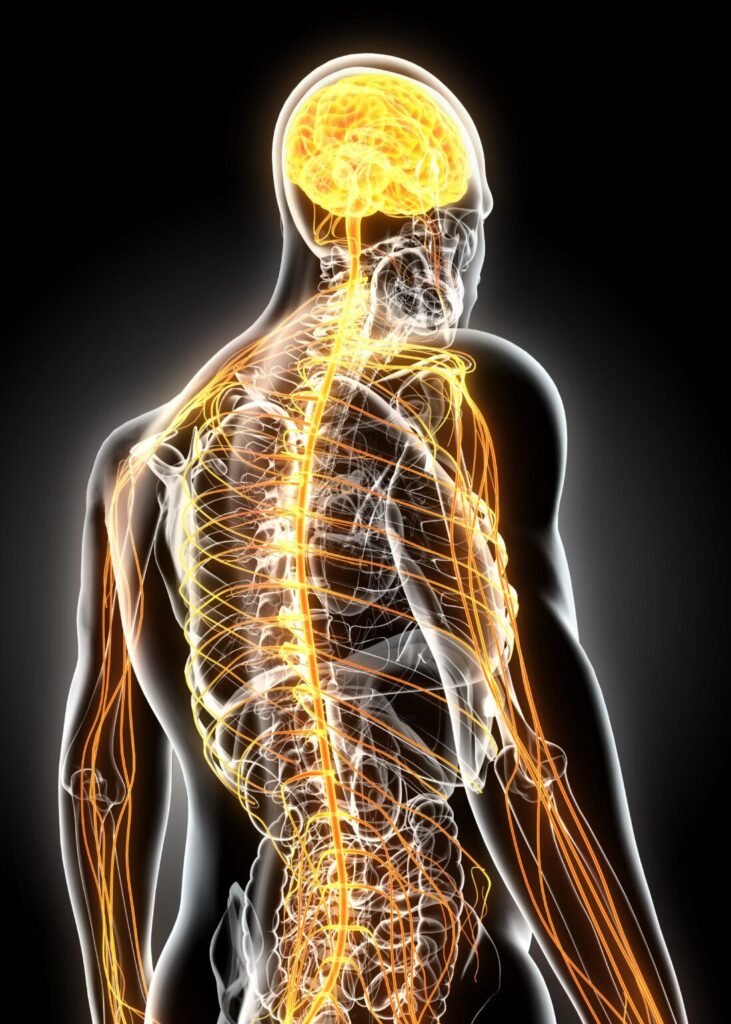
Before diving into specific poses, it’s important to understand how yoga affects our hormones. Yoga works by influencing both the nervous system and endocrine system, creating a balanced internal environment. Through regular practice, yoga can:
- Reduce cortisol levels and stress hormones
- Improve thyroid function
- Enhance reproductive health
- Support adrenal glands function
- Regulate pituitary glands
The 8 Most Effective Yoga Poses for Hormone Regulation
1. Cobra Pose (Bhujangasana)

This excellent asana specifically targets the endocrine glands and promotes hormonal balance.
Proper Form:
- Lie on your stomach with legs extended
- Place hands under shoulders
- Lift chest off the floor while keeping elbows slightly bent
- Maintain relaxed shoulders
Best Yoga Poses for Hormonal Balance
Benefits:
- Stimulates adrenal glands
- Improves blood circulation
- Supports thyroid health
- Reduces menstrual pain
2. Bridge Pose (Setu Bandhasana)

This pose is particularly effective for hormone regulation and stress relief. Proper Form:
- Lie on your back with knees bent
- Keep feet flat on the floor, hip-width apart
- Lift hips while maintaining parallel thighs
Benefits:
- Enhances blood flow to the thyroid
- Stimulates abdominal organs
- Improves reproductive health
- Reduces lower back pain
3. Shoulder Stand (Sarvangasana)

Known as the “queen of asanas,” this pose significantly impacts hormonal health. Safety Note: Use a folded blanket under shoulders to protect your neck.
Benefits:
- Stimulates thyroid and parathyroid glands
- Improves blood circulation
- Enhances pituitary glands function
- Promotes overall endocrine health
4. Camel Pose (Ustrasana)

This backbend offers profound benefits for hormone regulation.
Proper Form:
- Kneel with knees hip-width apart
- Place hands on lower back
- Arch back while reaching for heels
Benefits:
- Stimulates endocrine system
- Improves thyroid health
- Enhances reproductive organs function
- Reduces stress levels
5. Rabbit Pose (Sasangasana)
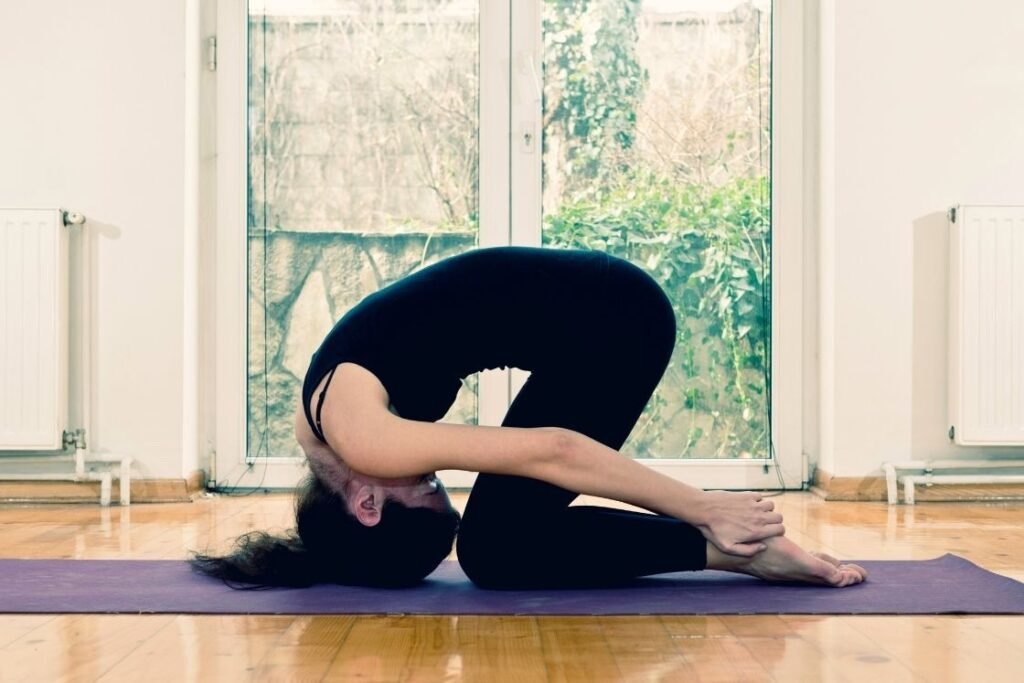
This pose is excellent for balancing hormones and reducing stress.
Proper Form:
- Sit on heels
- Place crown of head on floor
- Hold heels and lift hips
Benefits:
- Stimulates thyroid glands
- Promotes hormonal balance
- Reduces chronic stress
- Improves mental health
6. Child’s Pose (Balasana)

A restorative pose that helps calm the endocrine system.
Proper Form:
- Kneel and sit back on heels
- Fold forward with extended arms
- Use support of props if needed
Benefits:
- Reduces stress hormones
- Promotes relaxation
- Supports adrenal health
- Enhances mindfulness practices
7. Hero Pose (Virasana)

An excellent pose for grounding and hormone regulation.
Proper Form:
- Kneel with knees together
- Sit between feet
- Keep spine straight
Benefits:
- Improves hormone regulation
- Enhances meditation benefits
- Supports endocrine health
- Promotes stress relief
8. Bound Angle Pose (Supta Baddha Konasana)

A powerful pose for reproductive and hormonal health.
Proper Form:
- Sit with soles of feet together
- Hold feet or ankles
- Gently press knees down
Benefits:
- Supports reproductive health
- Reduces menstrual cramps
- Improves hormone balance
- Enhances pelvic region health
Essential Hormones for Human Health
Key Hormones and Their Critical Functions
1. Pituitary Hormones (The “Master Gland” Hormones)
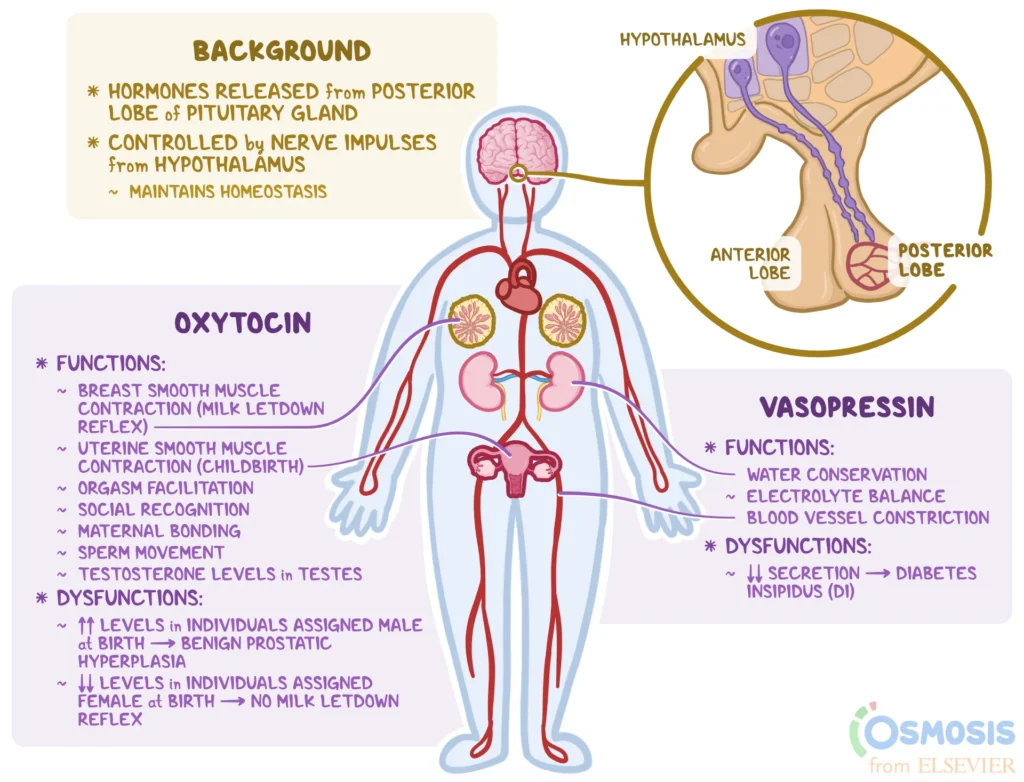
The pituitary gland produces several vital hormones that control many bodily functions :
Growth Hormone (GH)
- Stimulates growth of bones and tissues
- Regulates nutrient and mineral metabolism
Prolactin
- Essential for milk production in nursing mothers
Thyroid Stimulating Hormone (TSH)Controls thyroid function
- Controls thyroid function
Antidiuretic Hormone (ADH)
- Manages body water balance
Oxytocin
- Triggers uterine contractions during childbirth
- Influences lactation
READ MORE: 18 Best Foods to Detox Your Liver (Healthy Cleansing)
2. Thyroid Hormones
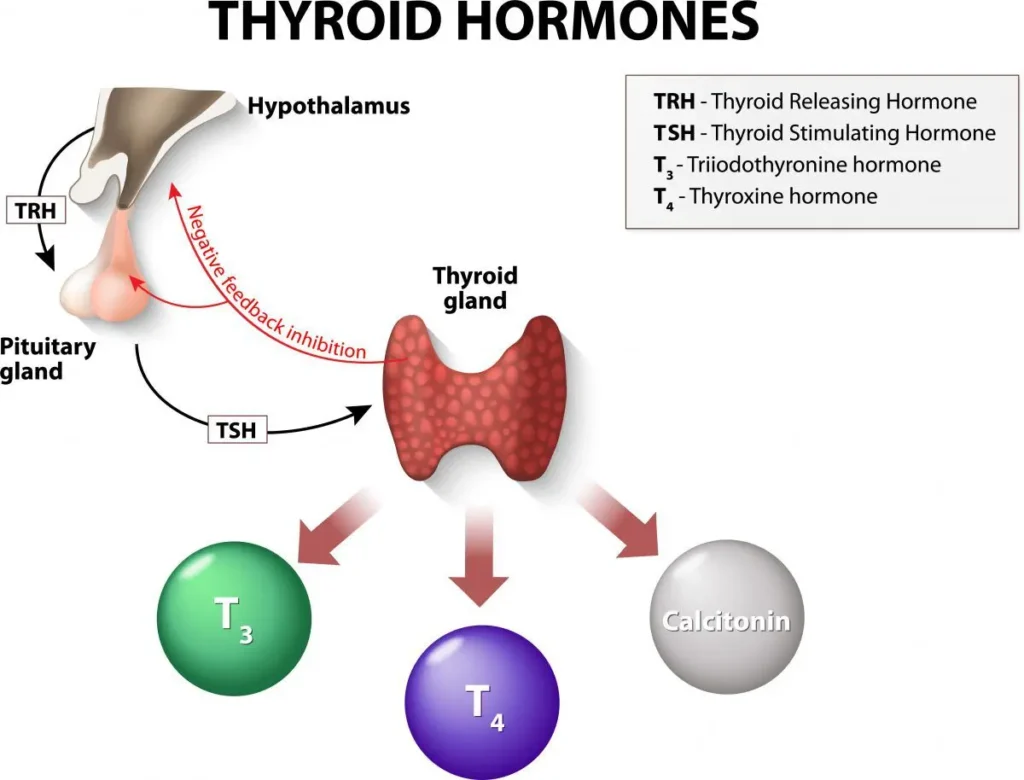
The thyroid gland produces hormones crucial for metabolism :
Thyroxine (T4) and Triiodothyronine (T3)
- Regulate metabolism
- Control energy production
- Essential for growth and development
Calcitonin
- Helps regulate calcium levels
3. Adrenal Hormones

The adrenal glands produce stress and metabolism-related hormones :
Cortisol
- Controls metabolism
- Reduces inflammation
- Assists with memory formation
Adrenaline (Epinephrine)
- Increases heart rate
- Manages stress response
Aldosterone
- Regulates blood pressure
- Controls sodium and potassium levels
4. Pancreatic Hormones

These hormones are crucial for blood sugar regulation :
Insulin
- Lowers blood glucose
- Facilitates cellular glucose uptake
Glucagon
- Raises blood glucose
- Promotes glucose release from liver stores
5. Reproductive Hormones
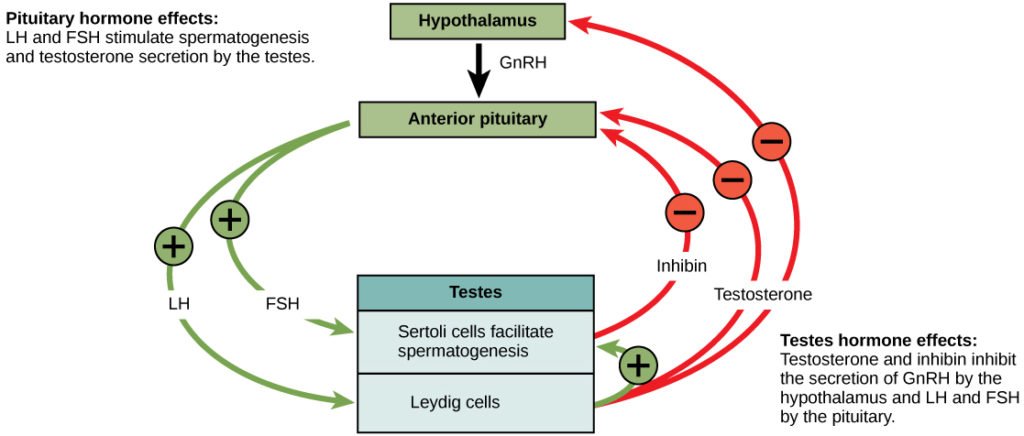
Essential for sexual development and reproduction :
Testosterone
- Responsible for male sexual development
- Maintains muscle mass and bone density
Estrogen and Progesterone
- Regulate female reproductive cycles
- Support pregnancy
- Maintain bone health
6. Other Important Hormones
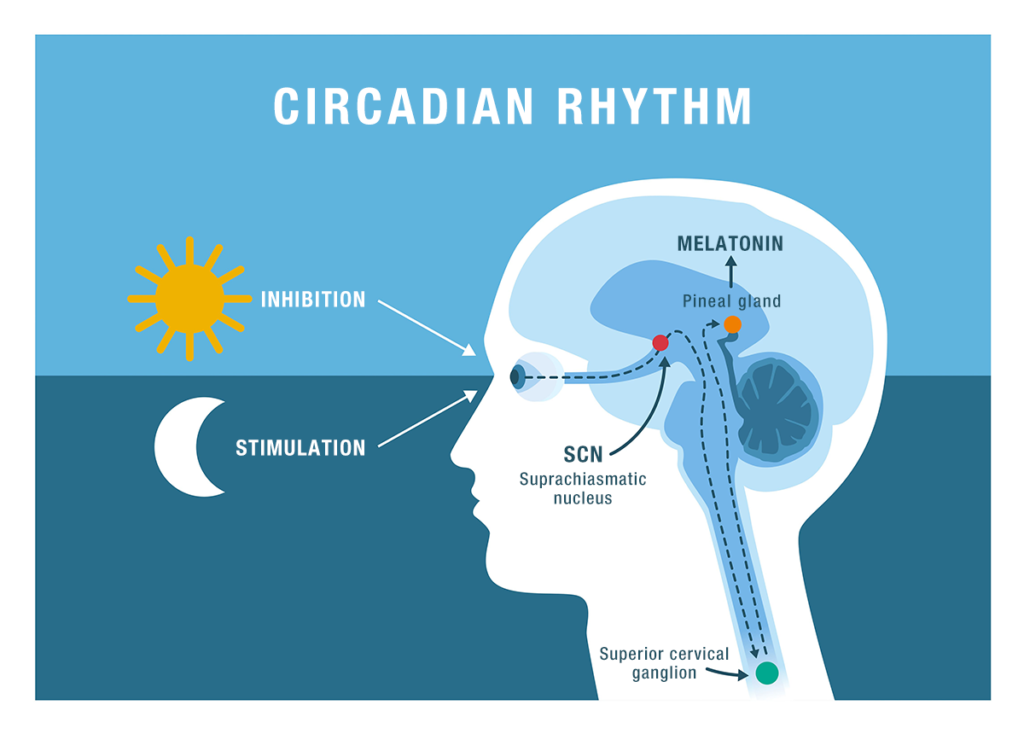
Melatonin
- Regulates sleep-wake cycles
Leptin
- Controls appetite
- Manages energy balance
Parathyroid Hormone (PTH)
- Regulates calcium levels in blood
Maintaining Healthy Hormone Levels

To support optimal hormone function, consider these key factors :
1. Dietary Considerations
- Consume healthy fats (salmon, avocado, nuts)
- Eat whole foods
- Include plenty of fruits and vegetables
- Avoid processed foods and refined sugars
2. Lifestyle Factors
- Regular exercise
- Adequate sleep
- Stress management
- Exposure to natural sunlight
- Maintaining a healthy weight
3. Environmental Awareness
- Avoid endocrine disruptors
- Choose natural personal care products
- Use BPA-free containers
Impact of Hormonal Imbalances
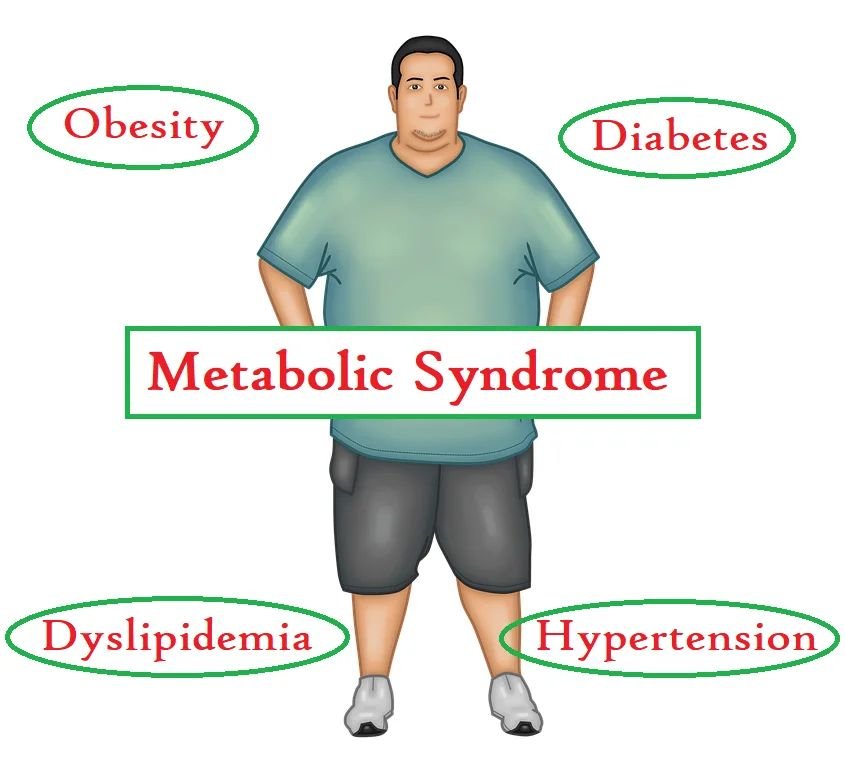
When hormone levels become unbalanced, various health conditions can develop :
- Thyroid disorders
- Diabetes
- Reproductive issues
- Growth problems
- Metabolic disorders
- Sleep disturbances
- Mood changes
Maximizing Results Through Complementary Practices
To achieve the best results, combine these poses with:
Breathing Techniques

- Practice Nadi Shodhana (alternate nostril breathing)
- Incorporate deep breathing exercises
- Use breath control during poses
Mindfulness and Meditation

- Regular meditation has been shown to:
- Reduce stress levels
- Balance hormones
- Improve mental health
- Enhance overall well-being
Safety Considerations and Best Practices

For optimal function and safety:
- Always warm up before practice
- Use props when needed
- Listen to your body
- Seek medical advice if you have existing conditions
Establishing a Regular Practice

For the most effective hormone regulation:
- Practice these poses 3-4 times per week
- Hold each pose for 30-60 seconds
- Maintain proper alignment
- Focus on breathing throughout
Conclusion

Yoga offers a holistic approach to achieving hormonal balance. Through regular yoga practice of these eight poses, combined with proper breathing techniques and mindfulness, you can experience significant improvements in your hormonal health.
Remember that consistency is key, and results may vary from person to person.Start your journey toward hormonal harmony today with these powerful poses, and remember to approach your practice with patience and awareness. Your body will thank you with improved balance, vitality, and overall health.

